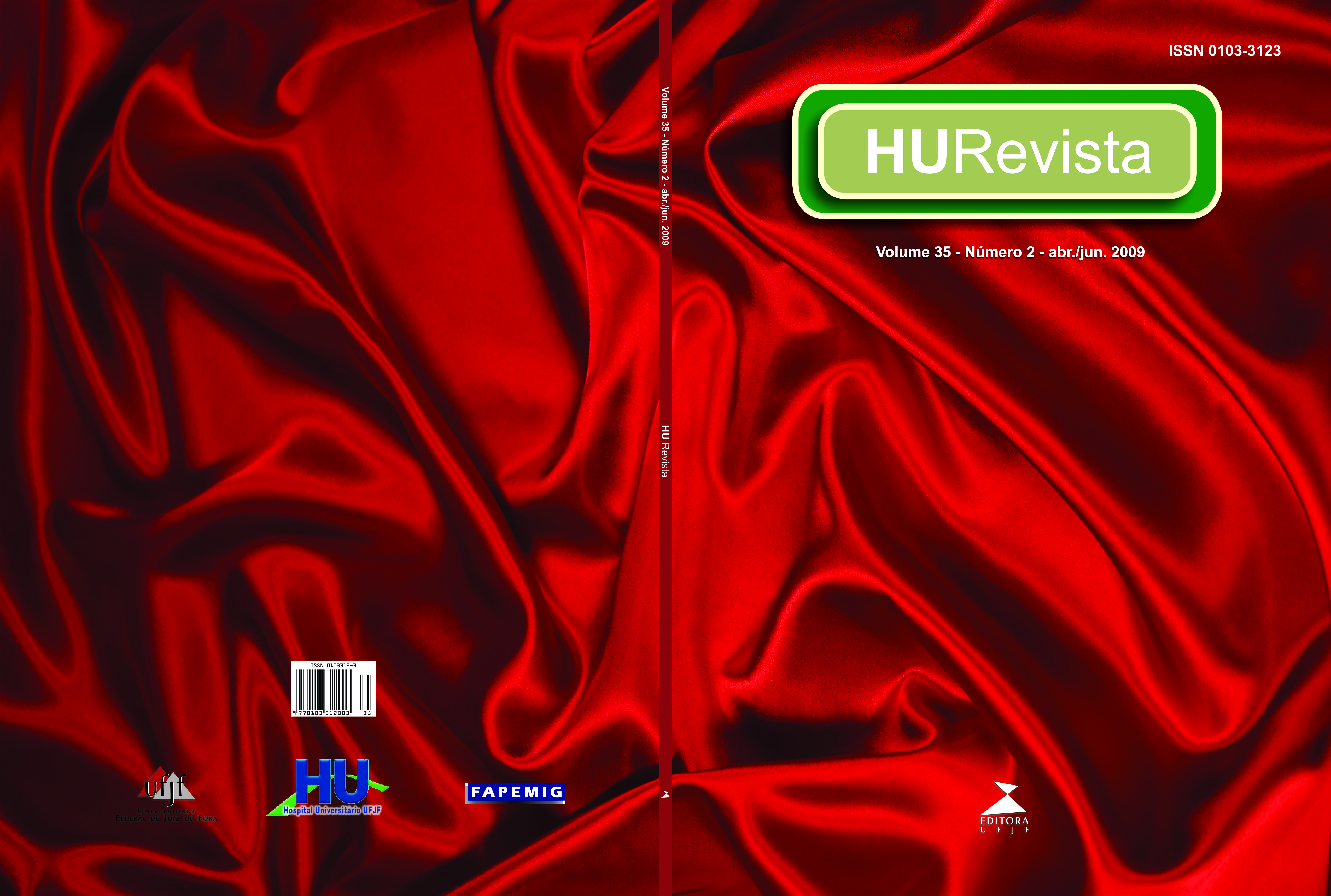Study of antibiotics prescriptions tendencies for elderly inpatients concerning the rational drug use perspective.
Keywords:
Prescrição de Medicamentos. Idoso. HospitalizaçãoAbstract
Drug use studies incorporate relevant aspects of public health, rising questions concerning sanitary risks, which, consequently, work as tools for positive changes of the observed reality. Drug misuse complications are responsible for costs that represent 15-20% of the hospitals’ budget. This observational transversal study investigated antibiotic prescriptions in three Sentinel Hospitals from 210 patient’s charts of elderly patients (with 60 years old or more), hospitalized and submitted to antibiotic therapy and verified the predominance of respiratory infections (67 patient charts) in the period of the study. These patient charts became the study population. Tendencies of antibiotic prescriptions were identified in these hospitals. The predominance was observed in the male gender and in the age bracket of 80 or more years old. Beta-lactamics and quinolons were the most prescribed ones. Drugs were classified as belonging or not belonging to the RENAME (National Relation of Essential Drugs) as a rational use criterion. The empiric use was responsible for 93% of the prescriptions. Patients’ distribution was established regarding active principles, route of administration, treatment duration and daily doses. An association including as much as 8 active principles was found, but monotherapy was verified (39%). Intravenous route was the most used one (78%). The study demonstrated the need of interventions able to assure the action integration between hospital infection control and the pharmaceutical service. Key-words: Drug prescriptions; Aged; Hospitalization.Downloads
Downloads
Additional Files
Published
How to Cite
Issue
Section
License
Cessão de Primeira Publicação à HU Revista
Os autores mantém todos os direitos autorais sobre a publicação, sem restrições, e concedem à HU Revista o direito de primeira publicação, com o trabalho licenciado sob a Licença Creative Commons Attribution que permite o compartilhamento irrestrito do trabalho, com reconhecimento da autoria e crédito pela citação de publicação inicial nesta revista, referenciando inclusive seu DOI.









